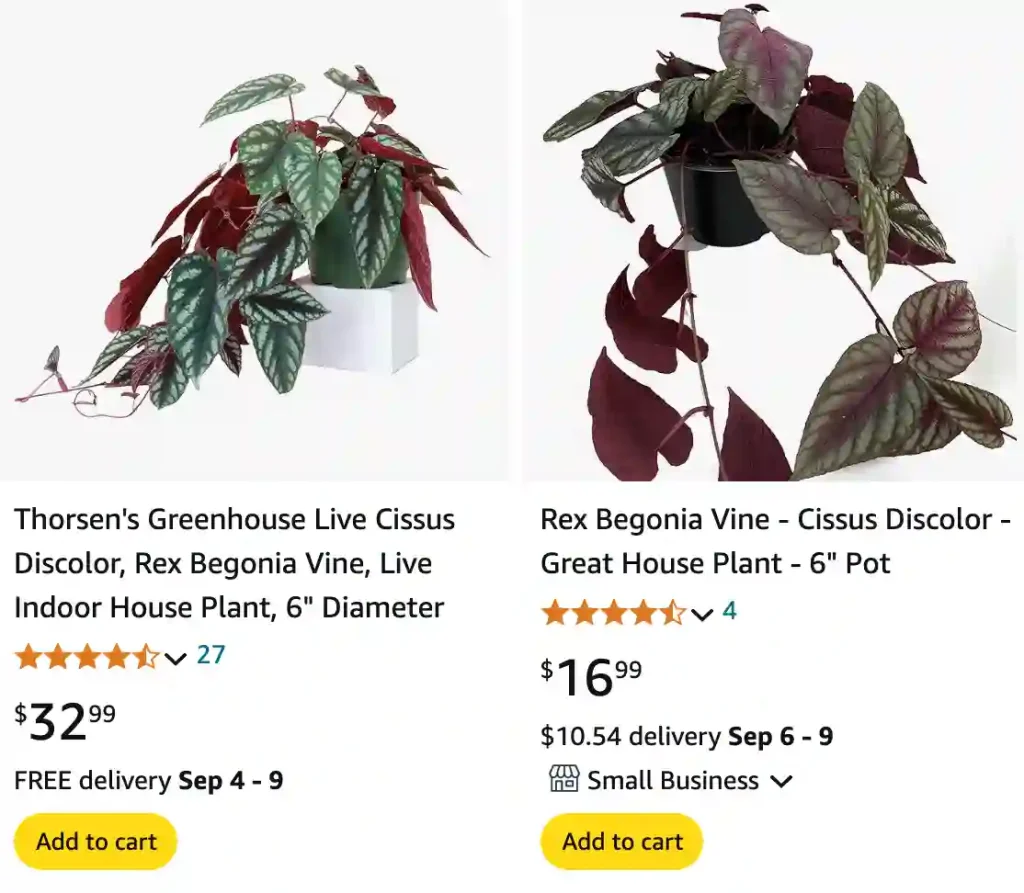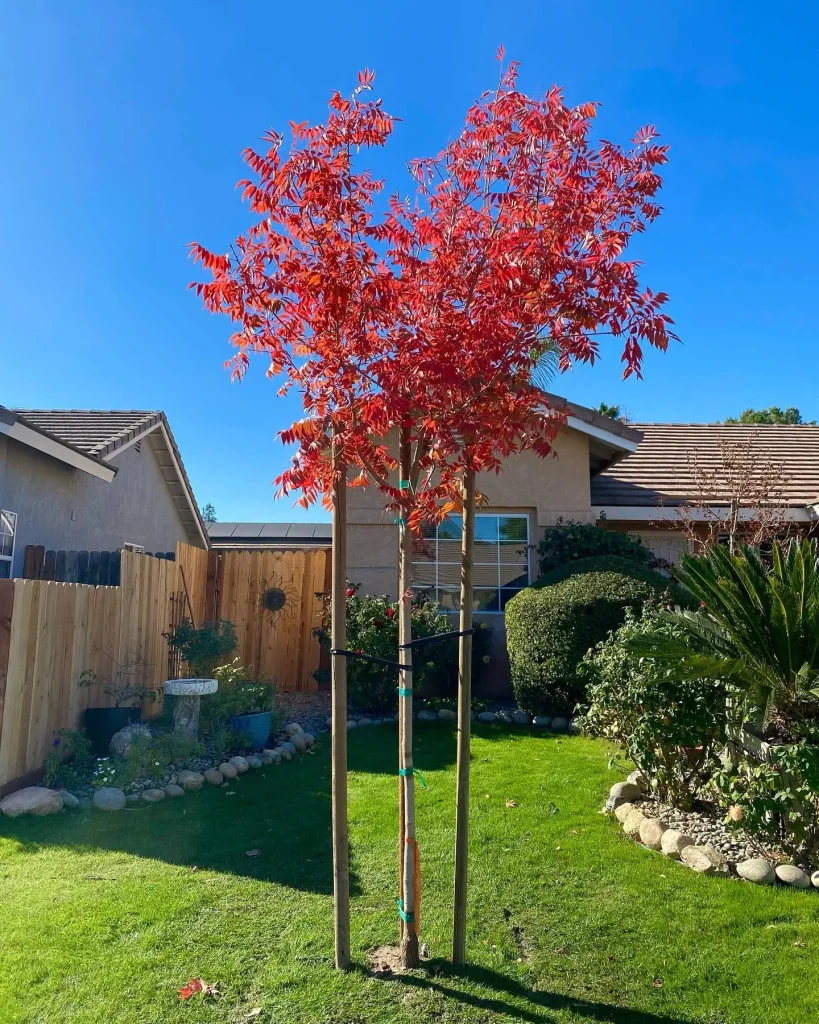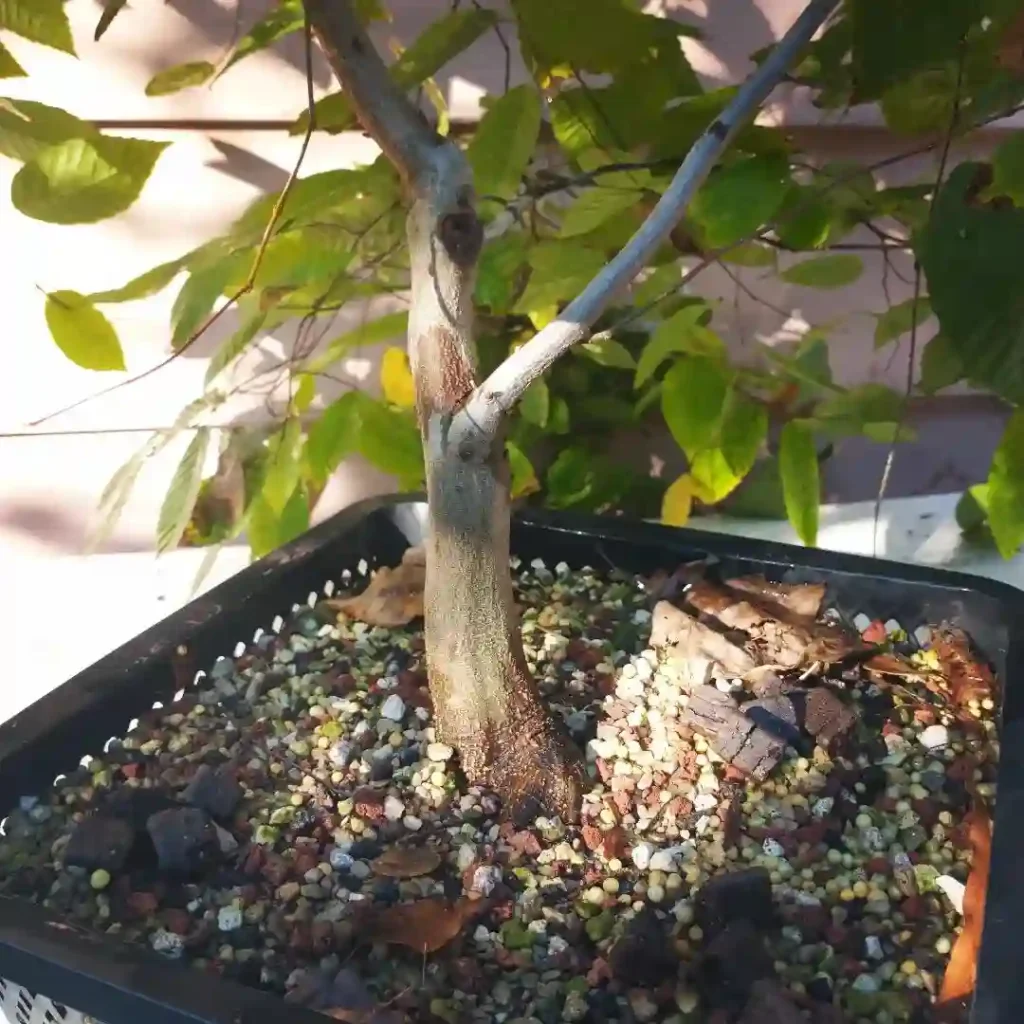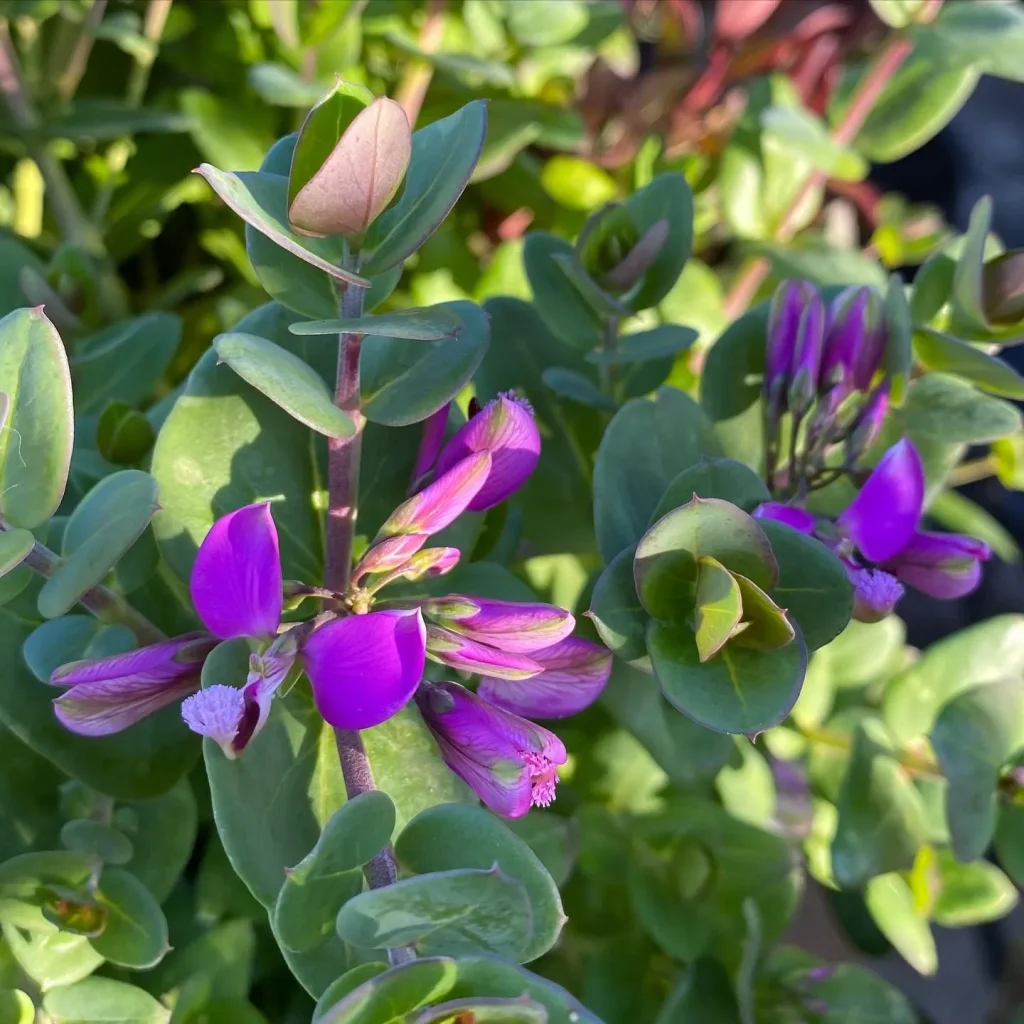
FAQs About Cissus Discolor
Cissus Discolor is one of those plants that captures your attention with its stunning foliage. Over the years, I’ve received quite a few questions about it, so I wanted to share what I’ve learned. Whether you’re wondering about its toxicity, care, or propagation, I’ve got you covered.
281 Species in Genus Cissus
Is Cissus Discolor a Begonia?
No, Cissus Discolor is not a Begonia. While both plants are admired for their striking leaves, they belong to different plant families. Cissus Discolor, also known as the Rex Begonia Vine, is part of the Vitaceae family, whereas Begonias belong to the Begoniaceae family. Despite the similarity in appearance, their care requirements and growing conditions can differ significantly.
How to Care for Cissus Discolor?
Caring for Cissus Discolor involves a few essential steps:
- Light: This plant thrives in bright, indirect light. Too much direct sunlight can scorch its leaves, while too little light may cause the vibrant colors to fade.
- Water: Keep the soil consistently moist but not soggy. Allow the top inch of soil to dry out between waterings. Overwatering can lead to root rot, so it’s important to find a balance.
- Humidity: Cissus Discolor enjoys high humidity. If you live in a dry climate, consider using a humidity tray or a room humidifier to keep the air around the plant moist.
- Temperature: This plant prefers temperatures between 65-80°F (18-27°C). Avoid placing it near cold drafts or heating vents, as sudden temperature changes can stress the plant.
- Fertilization: Feed your Cissus Discolor with a balanced, water-soluble fertilizer every 4-6 weeks during the growing season (spring and summer). Reduce feeding in the fall and winter when the plant’s growth slows down.
How to Propagate Cissus Discolor?
Propagation of Cissus Discolor can be done in a few ways:
- Cuttings: The most common method is taking stem cuttings. Select a healthy stem with at least two leaves and a few nodes. Remove any excess leaves from the lower part of the stem and place it in a glass of water or a moist potting mix. Change the water regularly or keep the soil consistently moist. Roots should develop in a few weeks.
- Cone Cuttings: Cone cuttings, which involve cutting the plant at an angle to increase the surface area for rooting, can work, but they’re less commonly used for Cissus Discolor. Regular cuttings usually suffice for successful propagation.
Is Cissus Discolor Toxic to Cats?
Fortunately, Cissus Discolor is not considered toxic to cats. However, it’s always a good idea to keep an eye on your pets and ensure they don’t chew on plants. While this particular plant isn’t harmful, some plants can cause digestive upset or other issues if ingested.
How to Prune Cissus Discolor?
Pruning Cissus Discolor helps maintain its shape and encourages bushier growth. Here’s how I do it:
- Timing: The best time to prune is in the spring or early summer, during the plant’s active growing season.
- Method: Use clean, sharp scissors or pruning shears. Trim back any leggy or overgrown stems to promote a fuller appearance. You can also remove any dead or damaged leaves. Pruning can also help manage the plant’s size and encourage new growth.
What to Plant With Cissus Discolor?
Cissus Discolor pairs well with other plants that have similar care requirements. Consider companions like:
- Philodendron: These plants have similar light and humidity needs.
- Pothos: Another easy-care plant that complements the vibrant foliage of Cissus Discolor.
- Ferns: Their high humidity needs and lush appearance make them great partners.
Can You Grow Cissus Discolor Indoors?
Absolutely! Cissus Discolor is well-suited for indoor growing. Its need for bright, indirect light makes it a perfect fit for a sunny room or near a window. With the right care, it can thrive indoors and add a touch of tropical flair to your home.
Benefits of Cissus Discolor
Cissus Discolor is more than just a pretty face. Its benefits include:
- Air Purification: Like many houseplants, it can help improve indoor air quality.
- Decorative Appeal: Its colorful, patterned leaves make it a striking addition to any plant collection.
Common Problems
Some common issues with Cissus Discolor include:
- Leaf Drop: Often due to insufficient humidity or overwatering.
- Pest Issues: Watch out for pests like spider mites or aphids, which can sometimes affect the plant.
Compare with Other Plants
Compared to other houseplants like Begonia Rex or Philodendron, Cissus Discolor offers unique foliage and a distinct look. While Begonias may have similar leaf patterns, Cissus Discolor’s vining nature and care requirements make it stand out. Its ease of care is a plus for those new to plant parenting.
I hope this guide helps you with your Cissus Discolor care and propagation! If you have more questions or want to share your own experiences, feel free to reach out.
If i die, water my plants!


